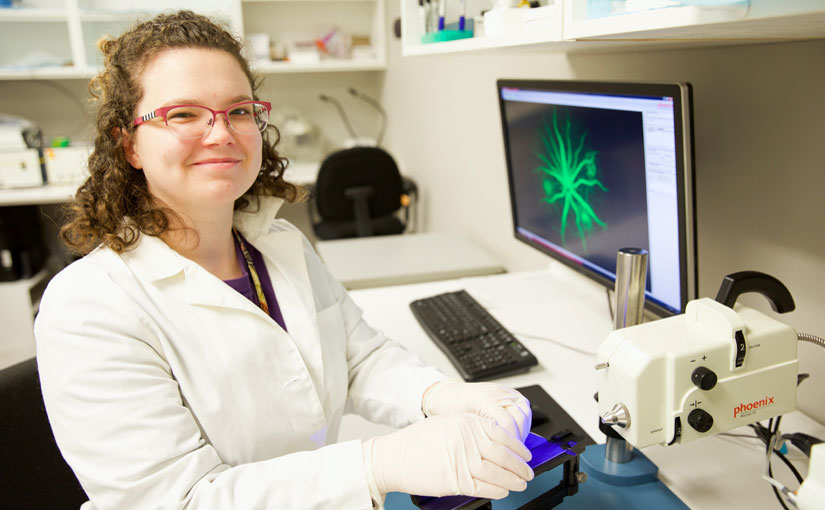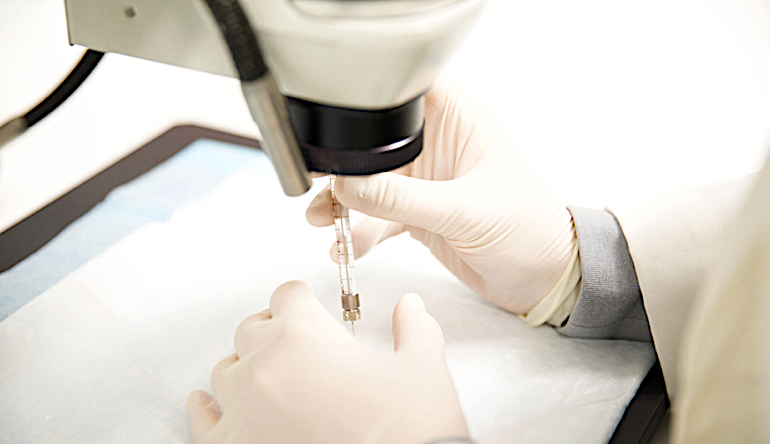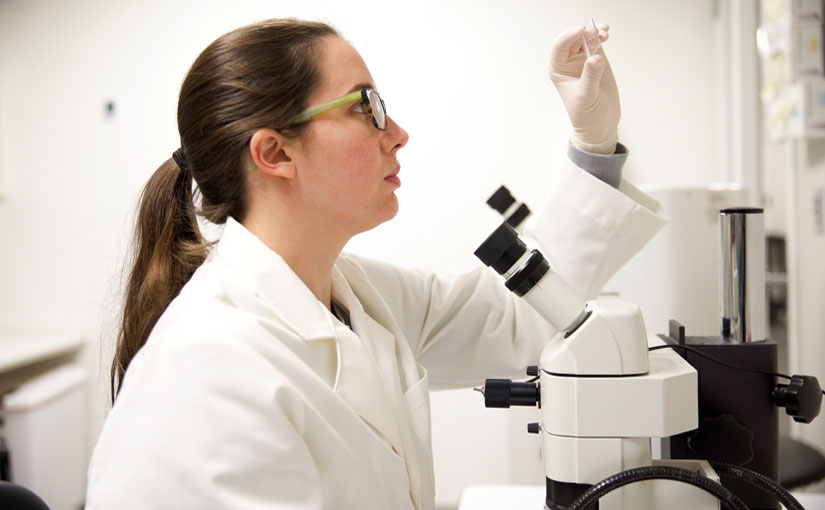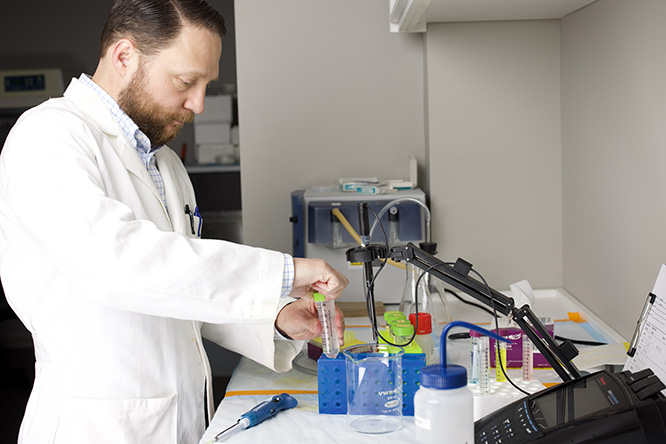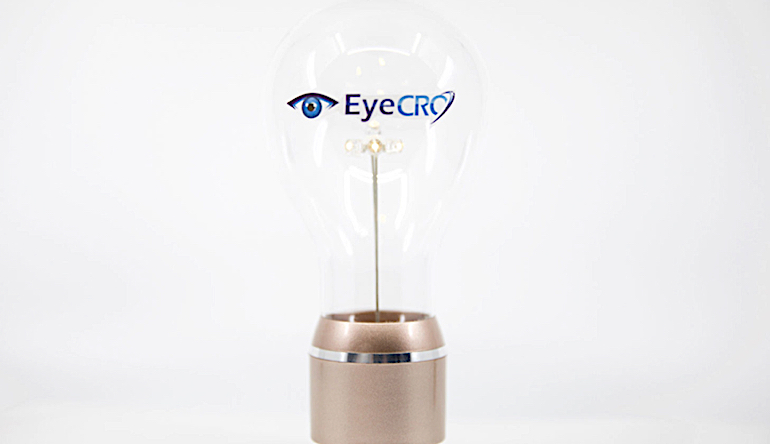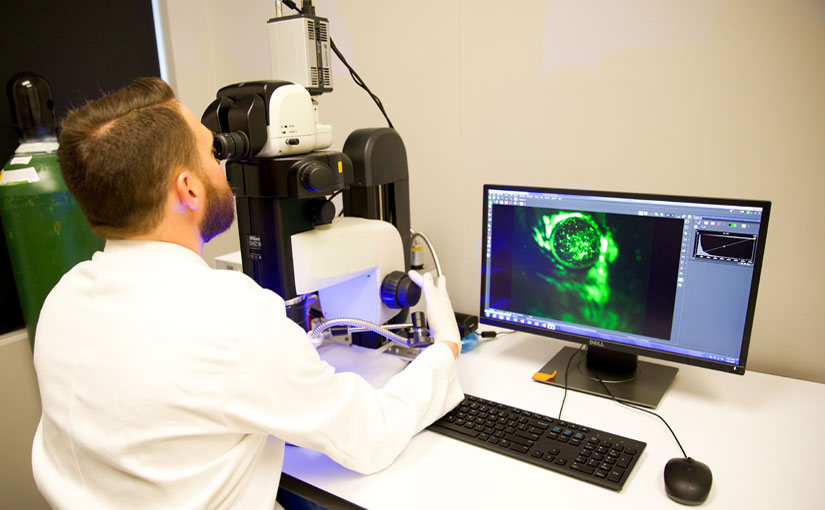The Global Leader in Preclinical Ophthalmic Research
EyeCRO specializes in preclinical ophthalmic studies to examine the efficacy of novel test agents and therapeutic modalities. Our models are well-established and optimized to facilitate generation of reproducible datasets with meaningful endpoints. With over two decades of experience in vision research, our expert scientists can help you select the right model and experimental design to achieve your research and development goals. We also offer Toxicology/PK studies, and eyedrop formulations in MiDROPS®.
Microemulsion Drug Ocular Penetration System
MiDROPS®
MiDROPS® was developed to allow for eyedrop formulations of small molecules that are lipophilic. This technology represents a fundamentally new approach for ophthalmic drug delivery using microemulsions which are thermodynamically stable. These self-assembling vehicles can formulate high concentrations of drugs and deliver them in abundant quantities to both the anterior segment and posterior segment. Our broad patents are issued in the US and Worldwide and protect millions of different formulations covered in our library.

Models
News & Events
MiDROPS® Achieves Clinical Safety and Efficacy Milestone
EyeCRO is thrilled to announce the first clinical application of our groundbreaking MiDROPS® technology.
EyeCRO joins Novo Nordisk, Novartis, Sanofi, Merck KGaA Darmstadt Germany, Lundbeck, and Leo Pharma to prioritize animal welfare in scientific research by signing the Marseille Declaration
“Toward enhancing ethical practices in scientific research, EyeCRO has joined several industry-leading companies to sign the “Marseille Declaration”, the first joint pharmaceutical industry declaration on animal housing and use.” Click here to read the full press release
EyeCRO scientist contributes to a paper published in Experimental Eye Research
EyeCRO scientist Jarrod Harman contributed to a paper focused on X-linked juvenile retinoschisis published in Experimental Eye Research. This paper expands the mechanistic understanding of XLRS. Read the full paper here https://www.sciencedirect.com/science/article/pii/S0014483523002129?dgcid=coauthor

